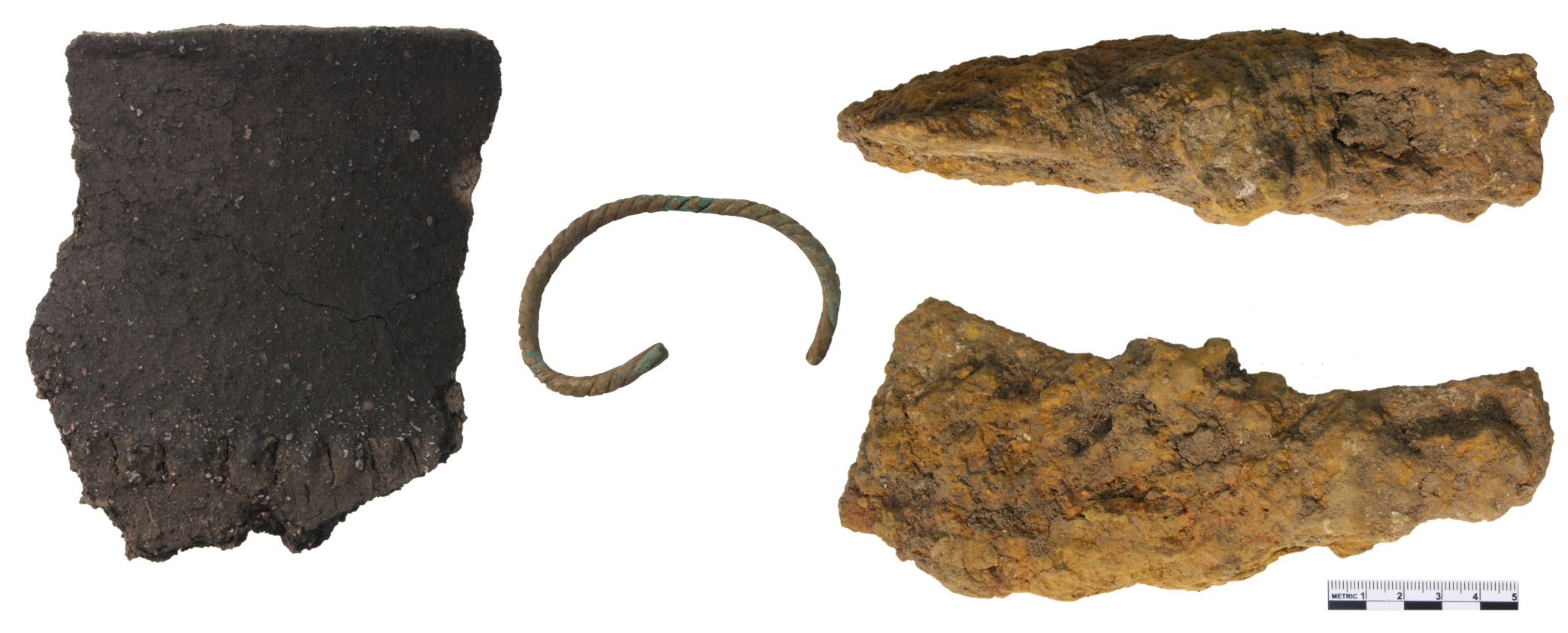The excavations in 2013 are a continuation of the archaeological works that have been happening at the quarry since 2003. We need to complete the two excavations, totalling around 4 hectares, before the quarry can extract several thousand tonnes of gravel out of the ground. This gravel is then processed into several different sizes to be used in construction and building.

Since April, a team of up to 20 archaeologists have been excavating the archaeological features, often seen as dark marks in the ground. These marks represent voids that have been dug into the natural geology over the past few thousand years, slowly infilling with material such as topsoil, windblown and waterborne material and dumped waste from human settlement. It is these fills that we see in ditches, postholes and pits and which, when put together, reveal the traces of farmsteads and field systems, and the wider landscape.
As the site director, I have to choose what we excavate. We do not have the time or the resources to excavate absolutely everything, so a careful decision needs to be made. Archaeological sites are very much like jigsaws. It is my, and the team’s, job to ‘unpick’ the jigsaw during the excavation. We can do this by digging holes in certain places to determine whether features are earlier or later than others. Within the features, we hope to find datable artefacts and domestic material such as pottery, bone, stone and worked flint to help us understand the ancient landscape in which we are working. So, piece by piece, we can build up the stratigraphic sequence of the site.
Our team of specialists in Salisbury then study the artefacts and environmental samples and feed detailed information back. Eventually we will put the jigsaw ‘back together again’ once the excavations have finished and try to fully understand how the Horton landscape evolved through several thousand years.
Over the summer, around 35 archaeologists have worked on the site. The high level of important archaeological features and density of finds means that some staff want to return to the site year after year (and many do!).
For more about the Kingsmead Quarry, Horton excavations click here